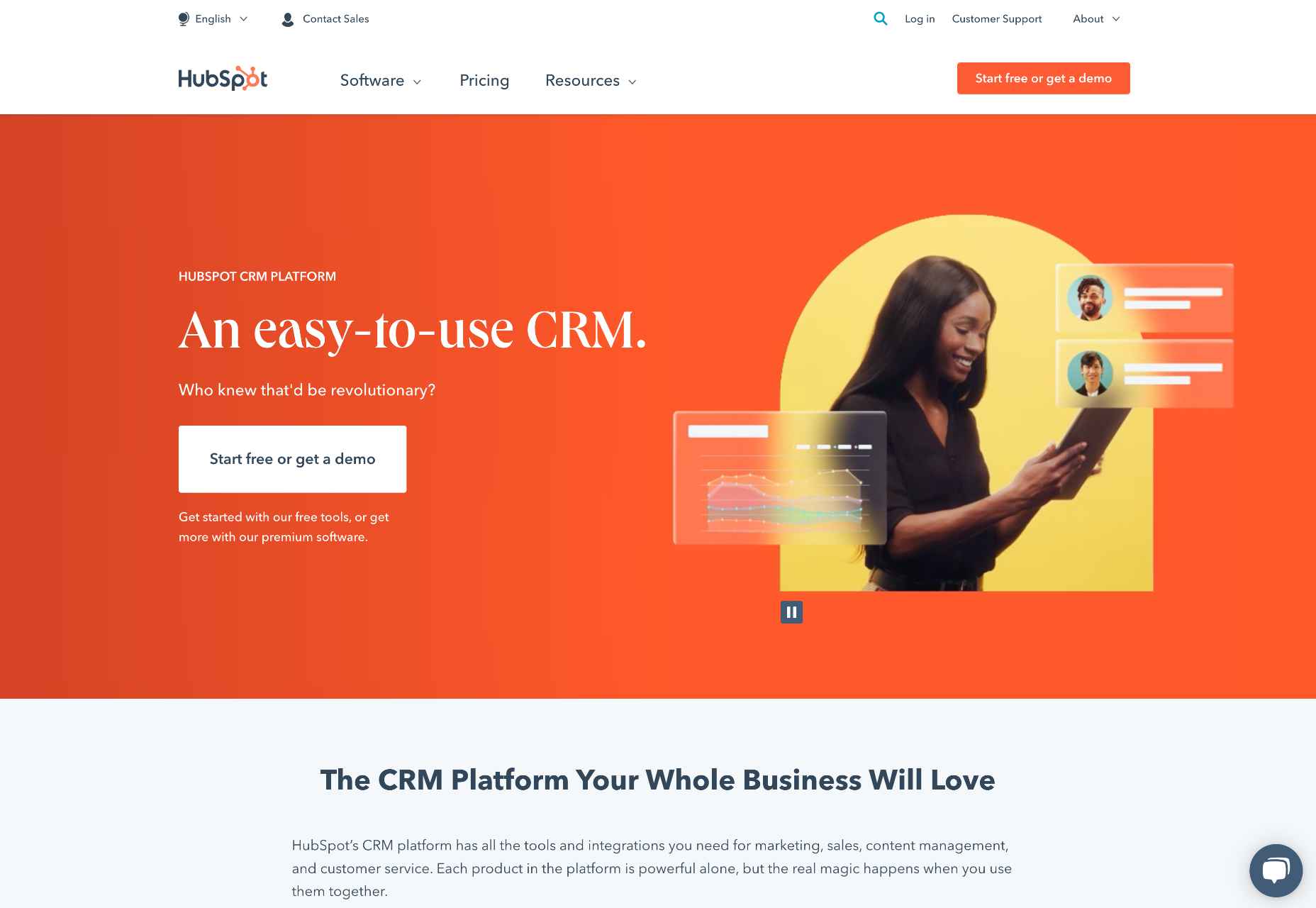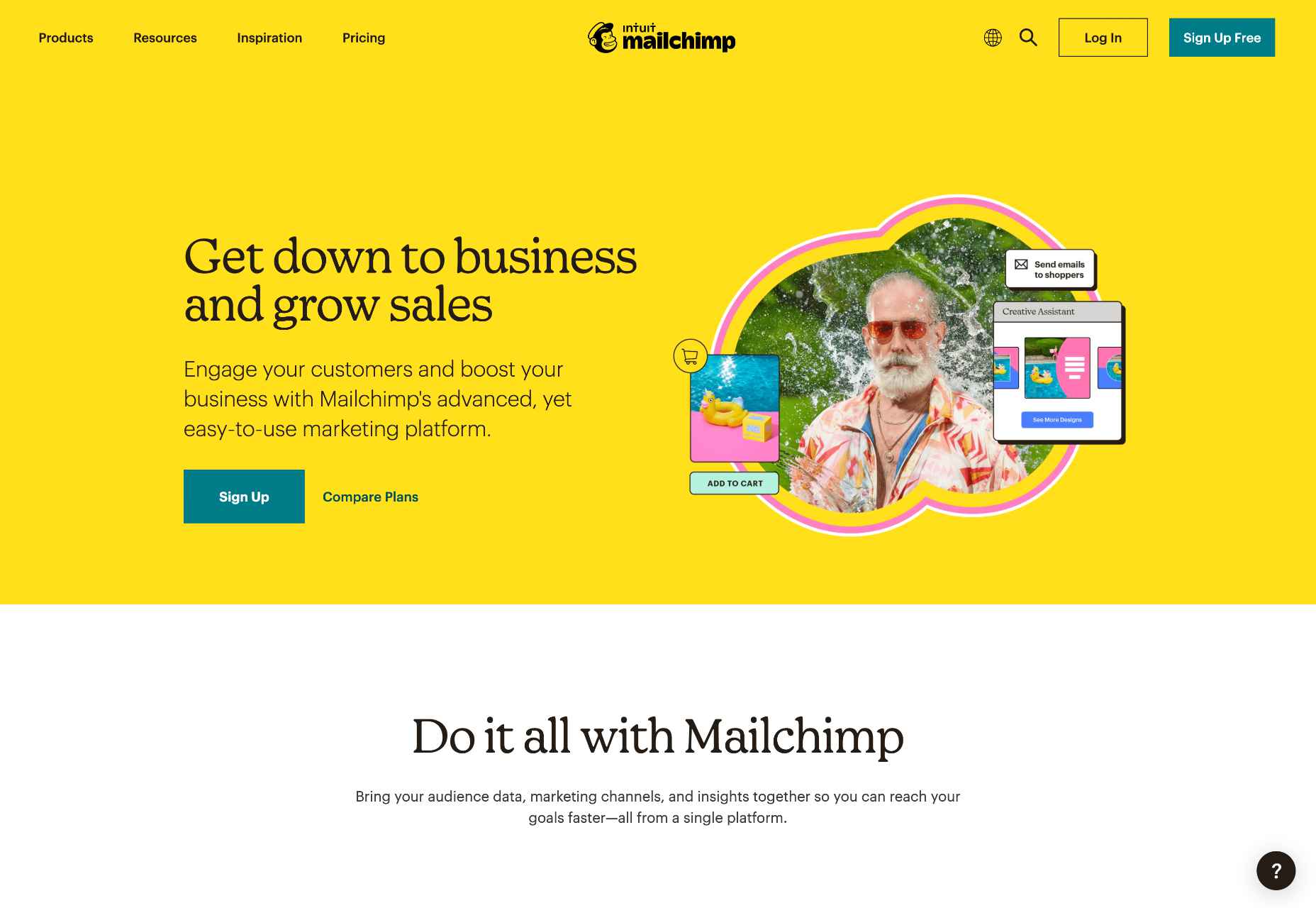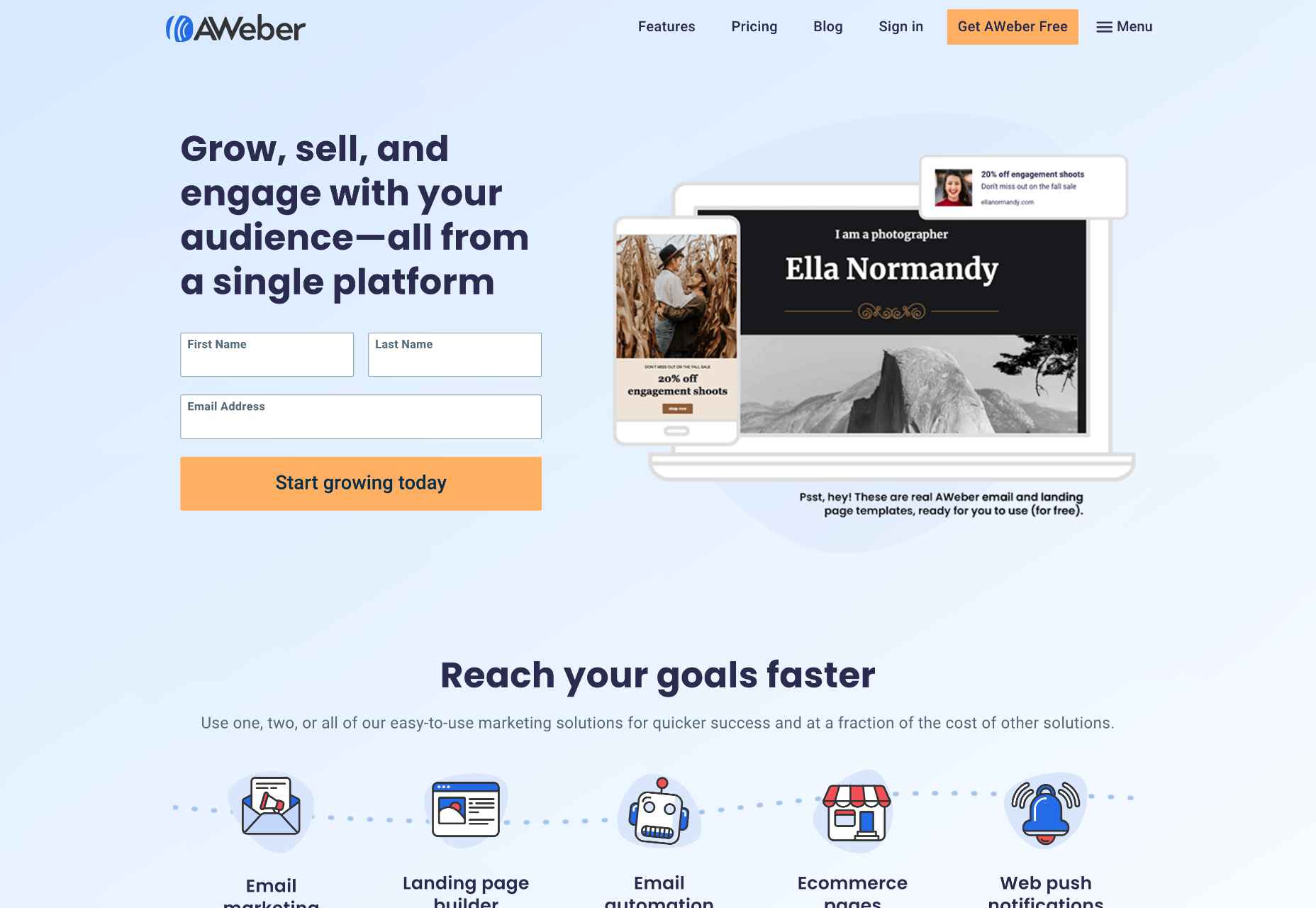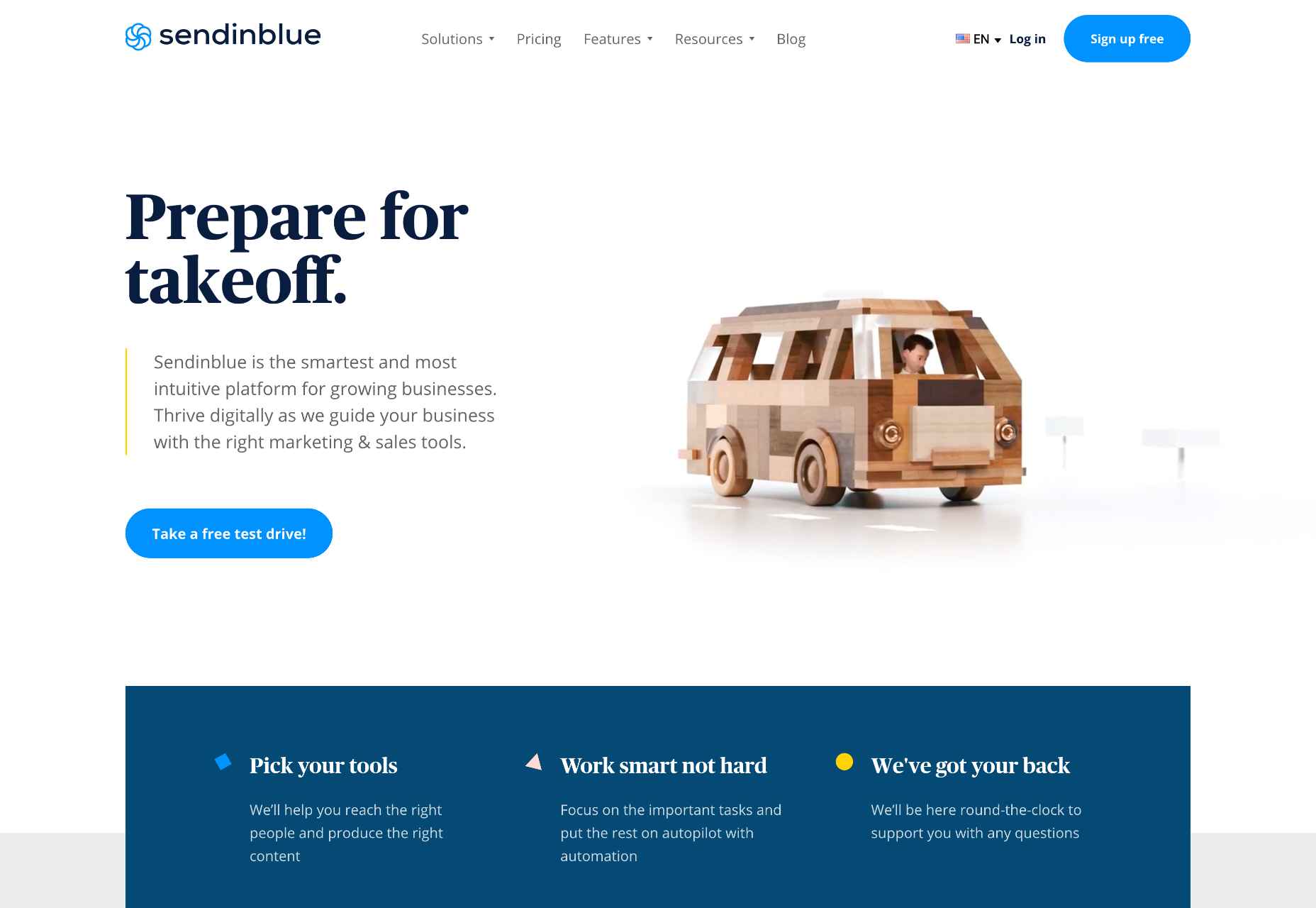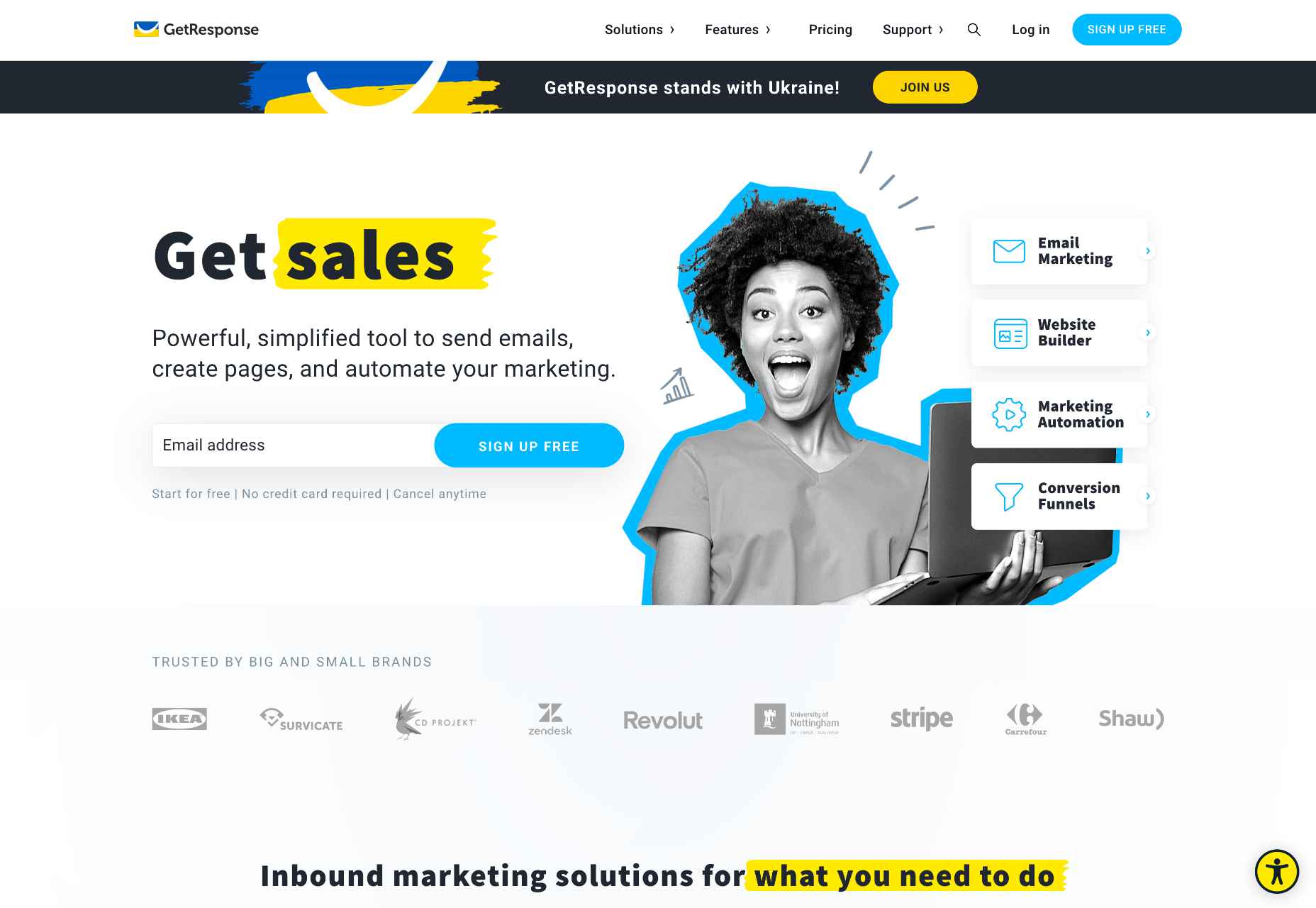New Zealand Rugby (NZR) a annoncé la signature d’un partenariat majeur pluriannuel avec SAP afin d’accélérer la transformation numérique de l’Union de Rugby. SAP, tout premier grand partenaire technologique de NZR, devient à la fois un Partenaire Officiel Mondial Premium, un Partenaire Technologique Officiel, et le Partenaire Officiel des Logiciels Cloud des « équipes en noir »*, notamment les All Blacks et les Black Ferns.
Leader du marché des logiciels d’application d’entreprise, SAP possède l’expertise, les solutions et l’envergure nécessaire pour créer une infrastructure technologique plus efficace, connectée et innovante pour NZR. Les deux organisations collaboreront pour identifier et mettre en œuvre des solutions Cloud novatrices, et connecter les données dans des domaines clés, afin de fournir un avantage concurrentiel sur et en dehors du terrain aux équipes, et plus largement à tout l’écosystème de NZR.
Ce partenariat permettra à NZR d’exploiter les solutions SAP et d’innover dans quatre domaines clés : créer un système de gestion intégré pour diriger et améliorer ses opérations, parfaire l’expérience des supporters, réaliser des objectifs de développement durable pour l’organisation et explorer la manière dont l’utilisation des données et des solutions peut favoriser la performance des équipes.
- Opérations organisationnelles : l’utilisation d’un hub digital de solutions SAP pour créer des systèmes interconnectés permettant à NZR de tirer le meilleur parti de la puissance de ses systèmes et des données hors terrain, afin de mieux soutenir leurs équipes en place.
- Performance de l’équipe : en implémentant SAP SuccessFactors et en se dotant d’une source unique de données RH, NZR compte améliorer l’expérience de ses membres et leur permettre ainsi d’atteindre leur plein potentiel.
- Expérience des fans : créer de nouvelles façons de se connecter et de dialoguer avec la base de supporters locaux et mondiaux de NZR, tout en exploitant les nouvelles technologies et plateformes, afin qu’ils se rapprochent de leurs équipes et joueurs préférés.
- Impact environnemental : exploiter les solutions et les capacités numériques permettant à NZR de gérer de manière holistique ses performances en matière de durabilité, tout en soutenant la stratégie plus large de NZR en matière de responsabilité sociale et d’environnementale (RSE).
Angela Nash, Chief Information & Technology Officer de NZR, a déclaré : “La NZR entreprend une transformation numérique de grande ampleur qui nécessite le soutien et l’expertise d’une organisation technologique internationale, pour nous aider à réaliser notre objectif : devenir l’Union de Rugby la plus avancée sur le plan technologique dans le monde. SAP est à l’avant-garde de la transformation numérique au niveau mondial et dispose des outils nécessaires pour nous aider à mettre en place une équipe d’experts qui, non seulement partage notre vision, mais dont les compétences et les capacités sont de renommée internationale. Nous sommes ravis qu’ils soient notre premier partenaire technologique et qu’ils travaillent avec NZR sur toutes les plates-formes clés afin d’examiner, d’améliorer et de nous permettre de fournir des systèmes technologiques qui garantissent que nous sommes les meilleurs sur le terrain et en dehors.”
Scott Russell, Executive Board Member & Customer Success, commente :
“New Zealand Rugby s’est fixé un objectif ambitieux : devenir le collectif de Rugby le plus avancé technologiquement au monde. En tant que tout premier partenaire technologique de l’organisation, SAP peut aider NZR à atteindre cet objectif en favorisant la transformation numérique dans tous ses domaines d’activités et en introduisant des technologies révolutionnaires qui aideront les équipes de NZR à donner le meilleur d’elles-mêmes – et à gagner. ”
SAP et NZR mettront également l’accent sur le développement de programmes et d’initiatives supplémentaires visant à promouvoir et à célébrer la diversité et l’inclusion.
Grâce à ce partenariat, SAP bénéficiera de divers droits et avantages, notamment le marquage et la signalisation dans les stades et sur le terrain pour les matchs gérés par NZR, le marquage sur toutes les plateformes numériques, les interventions des joueurs et des rencontres exclusives avec les équipes et les joueurs.
*Les « équipes en noir » de la NZR – les All Blacks, les Black Ferns, les All Blacks Sevens, les Black Ferns Sevens, les Māori All Blacks, les All Blacks XV et les All Blacks moins de 20.
À PROPOS DE NEW-ZEALAND RUGBY
Fondé en 1892, New Zealand Rugby s’efforce d’inspirer et d’unifier les Néo-Zélandais à travers le rugby. Notre objectif est de diriger, soutenir, développer et promouvoir le jeu national de la Nouvelle-Zélande, en mettant le rugby au cœur de chaque communauté. Le système de haute performance de NZR s’efforce de promouvoir les compétitions que nos fans aiment, d’encourager les talents qui peuvent représenter nos équipes en noir et d’être leader mondial sur et en dehors du terrain.
À PROPOS DE SAP
La stratégie de SAP est d’aider chaque entreprise à fonctionner comme une entreprise intelligente et durable. En tant que leader du marché des logiciels d’application d’entreprise, nous aidons les entreprises de toutes tailles et de tous secteurs à fonctionner au mieux : Les clients de SAP génèrent 87 % du commerce mondial total. Nos technologies d’apprentissage automatique, d’Internet des objets (IoT) et d’analyse avancée permettent de transformer les activités des clients en entreprises intelligentes. SAP aide à donner aux personnes et aux organisations une connaissance approfondie de l’entreprise et favorise la collaboration qui leur permet de garder une longueur d’avance sur leurs concurrents. Nous simplifions la technologie pour les entreprises afin qu’elles puissent utiliser nos logiciels comme elles le souhaitent, sans interruption. Notre suite d’applications et de services de bout en bout permet aux entreprises et aux organismes publics de 25 secteurs d’activité dans le monde entier de fonctionner de manière rentable, de s’adapter en permanence et de faire la différence. Grâce à un réseau mondial de clients, de partenaires, d’employés et de leaders d’opinion, SAP aide le monde à mieux fonctionner et à améliorer la vie des gens. Pour plus d’informations, visitez le site www.sap.com.
The post SAP et New Zealand Rugby unissent leurs forces pour dynamiser la transformation numérique avec un partenariat mondial appeared first on SAP France News.


 Do you find yourself stuck when finding new web design clients? Whether you own a web design company or work as a freelancer, expanding your audience and attracting clients can be challenging.
Do you find yourself stuck when finding new web design clients? Whether you own a web design company or work as a freelancer, expanding your audience and attracting clients can be challenging.


 We all know that psychology is a powerful tool. When used correctly, it can influence and persuade people to take action. In the world of web design, this is extremely important.
We all know that psychology is a powerful tool. When used correctly, it can influence and persuade people to take action. In the world of web design, this is extremely important.








 Designing for user experiences is what all designers do. UX is often thought of as the preserve of app or web designers; however, even a print designer laying out a magazine anticipates reader reaction to the scale of type, the placement of adverts, and the art direction of successive stories.
Designing for user experiences is what all designers do. UX is often thought of as the preserve of app or web designers; however, even a print designer laying out a magazine anticipates reader reaction to the scale of type, the placement of adverts, and the art direction of successive stories.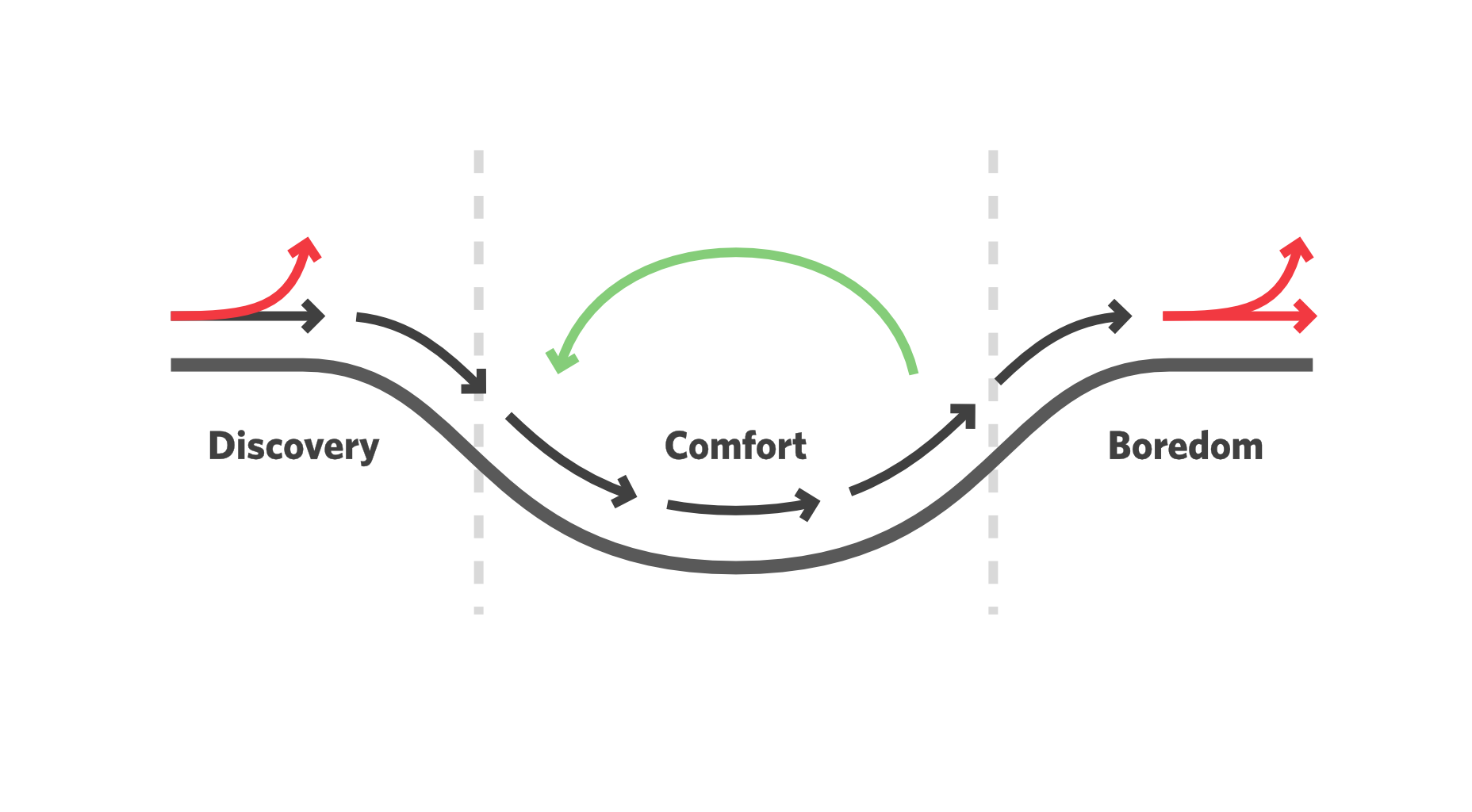


 If you don’t keep in touch with your customer base, it can become easy for them to drift away. Newsletters are an affordable and effective way to check in with your audience occasionally.
If you don’t keep in touch with your customer base, it can become easy for them to drift away. Newsletters are an affordable and effective way to check in with your audience occasionally.